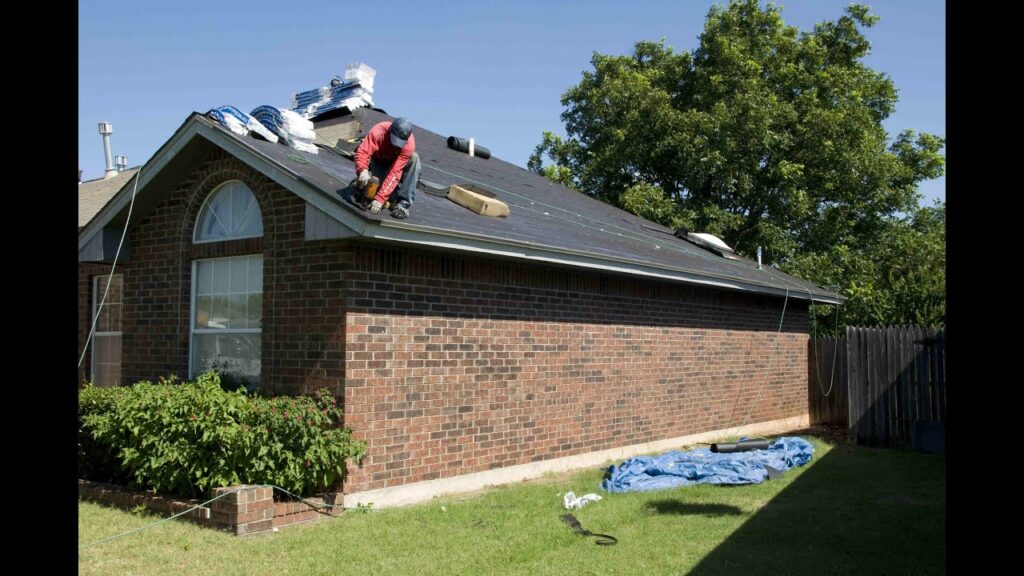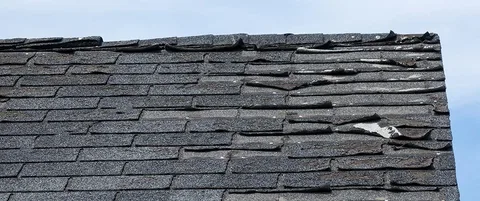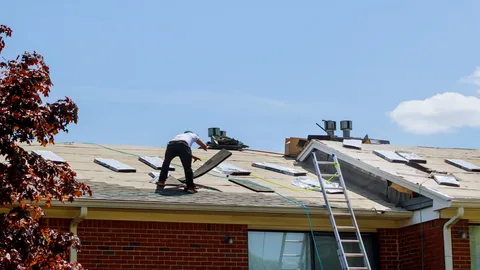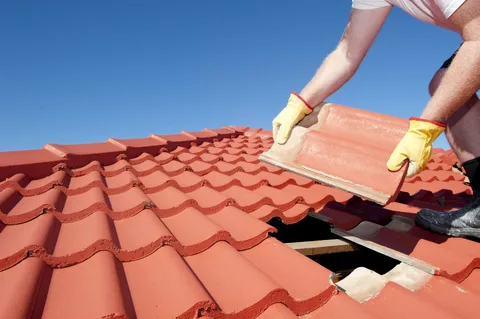Planning a roof replacement is a big decision for any homeowner. It protects your home, improves its value, and gives you peace of mind. But while you might expect the process to go quickly, one factor can change everything—the weather.
From unexpected rain to intense heat or freezing temperatures, weather conditions can delay or complicate your project. If you’re preparing for a roof replacement, it’s important to understand how different types of weather can impact your timeline. This helps you stay prepared, make smart decisions, and avoid last-minute surprises.
Why Weather Conditions Matter During Roof Replacement
During a roof replacement, your old roof is removed and replaced with new materials like shingles, underlayment, and sealants. That means, for a short period, your home is exposed to the elements. If rain, snow, or strong winds happen during this time, it can put the crew—and your home—at risk.
Wet surfaces are dangerous to work on, and many roofing materials don’t perform well when applied in poor conditions. Even high heat can soften or damage materials before they’re fully secured. Because of this, experienced roofing professionals watch the weather carefully before starting any job.
Being flexible and understanding how weather affects the process can make your roof replacement go a lot smoother.
How Rain Delays Roof Replacement Projects
Rain is one of the most common causes of delay in roof replacement. Roofing work can’t be done during rain because the surface becomes slippery, making it unsafe for workers. Also, wet conditions can damage roofing materials and prevent them from sealing properly.
If it starts raining once the old roof is removed, it could lead to water leaking into your home. That’s why most roofing teams monitor weather conditions closely and may pause or reschedule work to avoid starting a job when rain is expected.
Dry weather is always the best time for a roof replacement, especially to avoid moisture problems and safety risks.
Windy Days Can Be a Safety Hazard
While wind might seem harmless from the ground, it’s a different story when you’re working up on a roof. High winds make it dangerous for roofers to carry large materials like shingles or plywood. Tools and supplies can easily be blown around, which creates additional risks.
For your roof replacement to be done safely and correctly, calm weather is important. If strong winds are in the forecast, your contractor may postpone the work for a day or two. While this can be inconvenient, safety always comes first—and a short delay is better than rushing the job.
Extreme Heat Slows Down Roof Work
Hot, sunny days might seem perfect for roofing, but extreme heat can actually cause problems. High temperatures make the working conditions tough for roofing crews, and heat can also affect the materials being used.
For example, asphalt shingles can become soft and sticky, making them harder to place evenly. Workers also need to take more breaks in the heat to stay safe, which can slow down progress.
If your roof replacement is scheduled for the middle of summer, expect things to move a bit slower, especially if the heat index is very high. Planning your project in spring or fall can help avoid delays caused by extreme temperatures.
Cold Weather Creates Challenges Too
Just like extreme heat, cold weather can also delay your roof replacement. When temperatures drop too low, shingles and sealants don’t work as well. They can become brittle and may crack during installation. In very cold weather, adhesives take longer to dry and bond, meaning your roof won’t be watertight right away.
If winter is your only option, your contractor may need to use special tools or materials designed for cold weather. But even with the right equipment, expect the work to take a little longer than usual.
How Contractors Plan Around the Weather
Most professional roofing companies—including All American Roofing—plan carefully around the weather. Before starting your project, they’ll check the local forecast and aim to work during clear, mild days. If weather conditions suddenly change, they have ways to protect your home temporarily, such as using waterproof coverings or tarps.
Communication is also key. You should expect your contractor to keep you updated about schedule changes and delays. If weather causes a delay, the team should explain what’s happening and when work will continue. This helps avoid confusion and keeps the project running as smoothly as possible.
Simple Tips to Help You Prepare
You can’t control the weather, but there are a few things you can do to stay ready in case your roof replacement is delayed:
- Talk with your contractor before the project begins about possible delays
- Stay flexible with your schedule during the installation period
- Ask about protection plans in case bad weather hits mid-project
- Clear your yard of anything that could get in the way if rescheduling happens
- Keep pets and kids inside if the work is paused for a day or two
Even a little preparation can help things go more smoothly—even if nature doesn’t cooperate.
Conclusion: Expect the Unexpected with Weather
When you’re planning a roof replacement, weather is something you simply can’t ignore. Rain, wind, heat, or freezing temperatures can slow down the process or even stop it entirely for a few days.
The good news is that experienced contractors know how to handle these situations. While a short delay might feel frustrating, it’s always better to wait for the right conditions than to rush the job and risk poor results.
If you’re ready to move forward with a roof replacement, choose a contractor who puts safety, communication, and quality first. That’s how you get the results your home deserves—rain or shine.
Frequently Asked Questions (FAQs)
Q: Can roof replacement be done in the rain?
A: No, roof replacement is paused during rain for safety reasons and to prevent water damage to your home.
Q: Is summer a good time for roof replacement?
A: Yes, but extreme heat can slow the process. Spring or fall usually offers the best weather conditions.
Q: How long does a roof replacement usually take?
A: Most projects take 1 to 3 days, but weather delays can extend that timeline.
Q: Will I be informed if weather delays my roof work?
A: Absolutely. A good contractor will always keep you updated and reschedule work promptly.
Q: Can roof replacement be done in winter?
A: It’s possible, but cold weather can affect materials and slow down the process. Specialized equipment may be needed.


